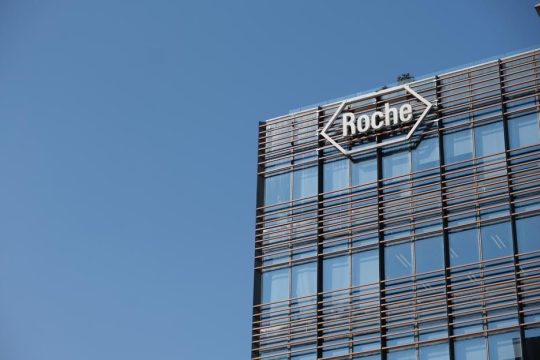Advertisment
Stem cell therapy in Non-Hodgkin’s Lymphoma has limited benefit

by Bruce Sylvester – While early stem cell transplantation in patients with aggressive non-Hodgkin’s lymphoma does not improve overall survival in intermediate/high-risk patients, early transplantation appears to be benefit a small group of high-risk patients, researchers reported on Oct. on Oct 30, 2013 in the New England Journal of Medicine.
“Hopefully [the results] will trigger discussions between such patients and their physicians as to the feasibility of doing early transplants,” said lead investigator Patrick Stiff, MD, director of Loyola University Medical Center’s Cardinal Bernardin Cancer Center in Maywood, Illinois.
As background, the authors noted that usual first-line therapy for aggressive non-Hodgkin’s lymphoma is four-drug combination chemotherapy. In recent years, a fifth drug has often been added, rituximab. The five-drug regimen is called R-CHOP. This therapy usually induces remission. But many patients relapse and receive autologous stem cell transplant after second-line chemotherapy.
The study was designed to determine whether earlier stem cell transplantation, before relapse, would increase the survival rate.
The investigators enrolled 397 non-Hodgkin’s lymphoma patients at high risk or intermediate-high risk of relapse.
After chemotherapy, responders were randomized to either an autologous stem cell transplant (125 patients) or to a control group of 128 patients who received three additional cycles of the R-CHOP regimen. Enrollment began in 1999 and ended in 2007. Some early enrollees did not receive rituximab.
After two years, 69 percent of the transplantation patients showed no progression of disease, compared with 55 percent of the control group. This was a statistically significant difference. But, the difference in two-year survival rates (74 percent in the transplantation group and 71 percent in the control group) was not statistically significant. The investigators hypothesized that this finding appeared because patients in the control group who relapsed were later offered stem cell transplants.
Though transplants failed to improve overall survival among all high-risk and high-intermediate risk patients, the subset of high risk patients showed a remission and survival benefit. The two-year survival rate was 82 percent in the transplantation group and 64 percent in the control group.
“Early transplantation and late transplantation achieve roughly equivalent overall survival in the combined risk groups,” the researchers concluded, yet “early transplantation appears to be beneficial for the small group of patients presenting with high-risk disease.”
Researchers are continuing to analyze the data. “As years go by, there may be additional analysis that may help fine-tune the results so that we will be able to more carefully and concisely define any potential benefit of transplant,” Stiff added.





